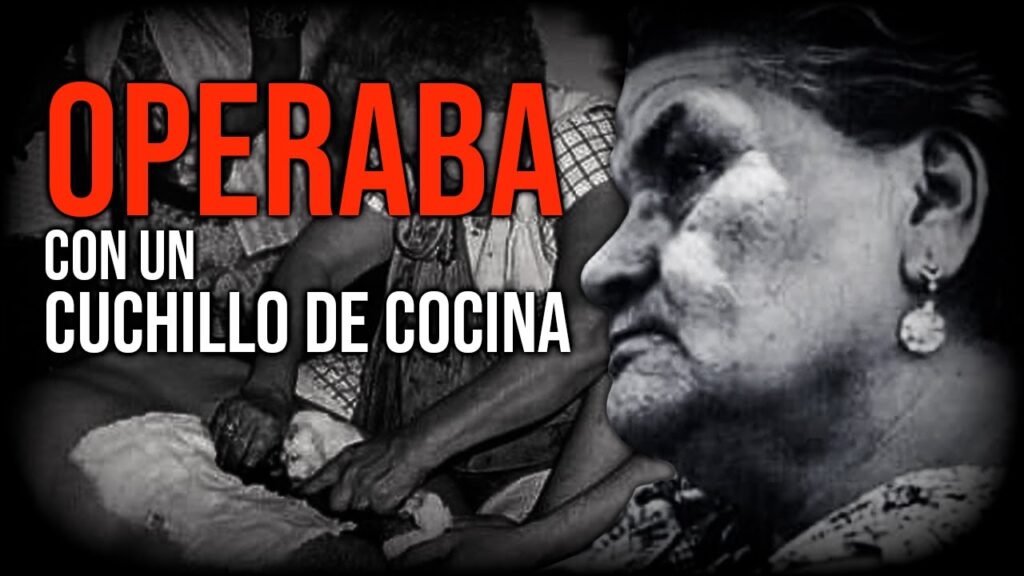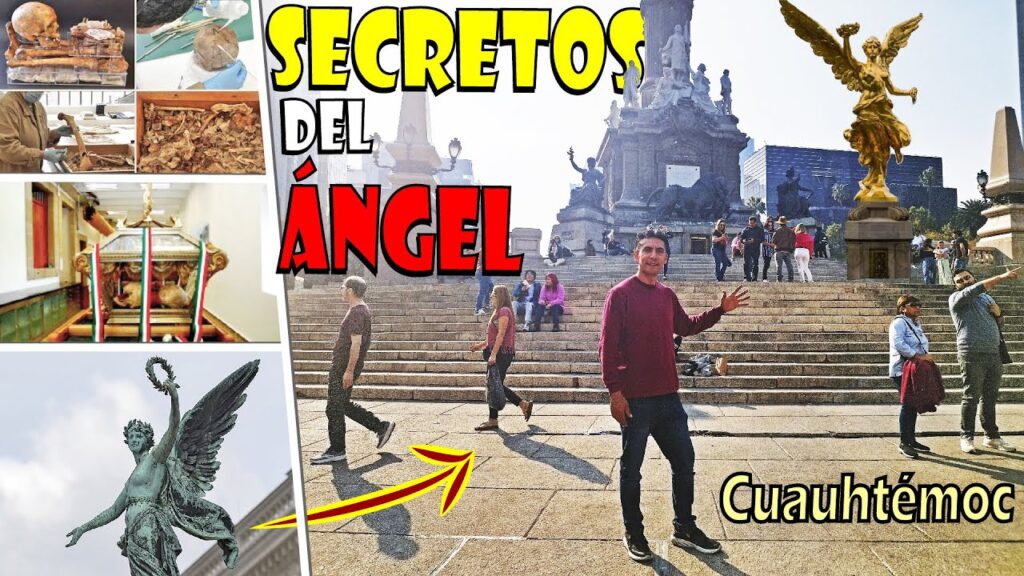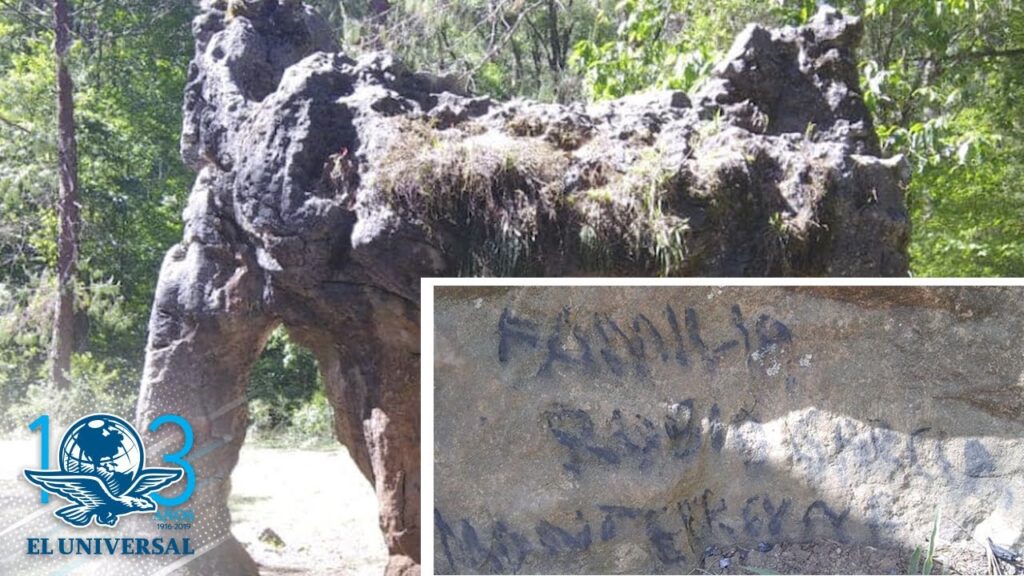The Mysterious Legacy of Pachita, Mexico’s Shaman
Mexico’s rich tapestry of culture and tradition is laced with the enigmatic figure of Bárbara Guerrero, better known as Pachita. She was a renowned curandera or healer in the mid-20th century, whose reputation as a shaman and psychic surgeon reached far beyond the borders of her home country. Her mysterious methods and the stories of miraculous healings have left an indelible mark on the annals of alternative medicine and Mexican folklore alike.
Pachita’s life was a blend of the spiritual and the extraordinary, with tales that seem to defy the limits of reality. Born in the remote village of Ojinaga, Chihuahua, she claimed to be guided by the spirit of a 14th-century Indian named Cuahtémoc, who would take over her body during healing rituals. With crude instruments such as knives and scissors, Pachita would perform what appeared to be invasive surgeries without anesthesia, yet her patients reported minimal pain and remarkably swift recoveries.
The space where Pachita conducted her healings was simple and unassuming, often described as a dimly lit room infused with the aroma of herbs and incense. Those who visited her were diverse; from villagers seeking cures for common ailments to international celebrities and politicians looking for alternative treatments or spiritual enlightenment. Her methods, though controversial and scientifically scrutinized, drew individuals from all walks of life, each seeking the mystical experience Pachita was known to provide.
Despite her passing, Pachita’s legacy continues to intrigue both skeptics and believers. Her practices are still discussed in the broader conversations about shamanistic traditions in Mexico. The tales of her powers have been passed down through generations, remaining an enigmatic part of Mexico’s spiritual heritage. Her life’s work remains a topic of fascination and mystery, as countless people continue to recount their transformative encounters with the legendary Mexican shaman.
Unveiling the Secrets of Pachita’s Healing Powers
In the heart of Mexico, amidst the verdant landscapes and ancient traditions, lies a story that has intrigued both skeptics and believers for decades. The legend of Pachita, a renowned healer with mysterious abilities, continues to enchant those who hear of her seemingly miraculous practices. Pachita’s healing powers were widely sought after, with people traveling from far and wide to experience her unique form of spiritual surgery.
Born in the early 20th century, Pachita claimed to channel the spirit of a 1,500-year-old Aztec healer named Cuauhtémoc. Her methods defied conventional medicine and logic, as she used primitive tools and sacred rituals to perform surgery without anesthesia, yet her patients reported only minimal pain. The ceremonies usually took place in a dimly lit room, with the air filled with the scent of burning herbs, adding to the mystical ambience of the healing sessions.
To understand Pachita’s methods, one must delve into the realm of shamanism and the belief in a connection between the physical and spiritual worlds. Her techniques centered around the removal of negative energies and the restoration of balance within the body. Pachita often spoke of her guidance from higher powers, which allowed her to locate and extract illnesses, sometimes materializing objects that she claimed were the root of her patients’ suffering.
Eyewitness accounts from those who attended Pachita’s rituals often speak of the incredible transformations and recoveries that they witnessed. Some medical practitioners, fascinated by her reputation, decided to observe her methods, and while many remained skeptical, others could not easily dismiss the outcomes they saw. Despite never having received any formal medical training, Pachita’s hands were reputed to move with precision and confidence during her procedures.
The ongoing fascination with Pachita’s healing powers raises questions about the broader understanding of health and wellness. While mainstream medicine often operates within the confines of science and evidence, Pachita’s legacy invites us to consider the influence of faith and the intangible elements of healing. The stories of those touched by her powers continue to contribute to the rich tapestry of cultural mysticism that thrives in Mexico to this day.
Pachita’s Rituals: A Blend of Spirituality and Medicine
Deep within the heart of Mexico’s vibrant culture lies a fascinating blend of spirituality and traditional medicine, nowhere more evident than in the mystical practices of Pachita. Known among the healers of indigenous communities, Pachita was the nickname for a renowned curandera (healer) who bridged the gap between the spiritual realm and physical well-being with her unique rituals. Her legacy continues to captivate those seeking both enlightenment and healing, drawing in travelers from around the world who are yearning for an authentic spiritual journey.
Part of what sets Pachita’s rituals apart is their foundation in ancient beliefs that have been passed down through generations. Her practice was rooted in the understanding that all life is interconnected, and imbalances in the spirit can lead to physical ailments. To restore this balance, Pachita utilised a combination of prayer, herbs, and energy work. This syncretism of pre-Hispanic traditions and folk Catholicism created a powerful tapestry of healing practices that resonates with the modern quest for holistic wellness.
Visitors intrigued by Pachita’s rituals can witness the enduring legacy of her work in the ceremonies performed by current-day healers. These sessions often take place in humble settings, where the sacred and the ordinary merge. Participants may experience a deep sense of communion with ancient wisdom as they undergo a limpias (cleansing ritual) or a platica (healing talk), which seeks to treat the soul as much as the body. The stories of physical and emotional transformation that emerge from these rituals are as compelling as they are mystical, leaving many to ponder the true limits of healing.
Personal Accounts: Stories of Miracles and Pachita’s Transplants
Mexico is a land steeped in myths and legends, but few are as intriguing as the tales of healing and the supernatural that surround Pachita. A healer who was said to possess remarkable abilities, Pachita performed what were considered miraculous surgical transplants in the mid-20th century. Travelers from around the world would journey to her modest home in Mexico City with hopes of a miracle cure, carrying with them ailments that modern medicine had deemed untreatable.
Many personal accounts tell of the wonder and astonishment felt when witnessing Pachita’s work. One such story is that of a woman born without the ability to walk, who, after an intense session with the healer, found herself taking her first steps across the room. It was as if the impossible had manifested before the eyes of those who watched, leaving doctors and skeptics alike baffled by the swift transformation.
Accounts often describe Pachita’s operating room — a place filled with religious icons and the potent aroma of incense. Here, without the use of conventional medical instruments, she purportedly conducted transplants using only a kitchen knife and her bare hands. Witnesses claim they felt a powerful energy in the room, a palpable sense of something extraordinary taking place amidst prayers and chants.
Not all stories of Pachita’s interventions end in elation or relief. Some speak to the heartache of hope unfulfilled, where despite the healer’s efforts, the desired outcome was not achieved. Yet, even among these stories, there remains a thread of awe regarding Pachita’s fearless approach to healing and her unshakeable faith in a power beyond the material world.
With each personal account, the mystery of Pachita deepens, painting a portrait of a figure who straddled the line between earthly and divine. Today, tales of her surgical feats and purported miracles continue to captivate the imaginations of travelers, inviting them to delve deeper into the enigmatic fabric of Mexico’s spiritual history.
The Impact of Pachita’s Shamanic Practices on Modern Medicine
The lore of Pachita, a renowned healer in the Mexican shamanic tradition, continues to fasciliate medical professionals and spiritual seekers alike. Berta Isabel Cáceres, better known as Pachita, was an esteemed curandera who, during the 20th century, purportedly performed psychic surgeries and other healing rituals that defied conventional medical explanations. Her legacy presents a challenging enigma that intertwiles with the practices of modern medicine, as researchers delve into the effectiveness and mechanisms behind her shamanic techniques.
One of the pronounced impacts of Pachita’s methods is the heightened interest in the placebo effect and the power of belief in the healing process. Modern clinical studies often recognize the significant role of a patient’s mental and emotional state in recovery and disease management. By drawing parallels between shahmanic ritual elements and patient expectancy, Pachita’s practices have spurred renewed scientific inquiries into how traditional healing might harness this effect to benefit patient outcomes, potentially opening up new avenues for integrative health practices.
Additionally, Pachita’s shamanic practices have sparked a broader discourse on the cultural competency and inclusivity within the healthcare sphere. The apparent successes of her spiritual approach to treatment encourage a more holistic view of medicine—one that respects and includes indigenous knowledge and methodologies. Modern medical practitioners are increasingly called upon to understand and integrate cultural beliefs and practices in their patient care, recognizing that healing is not only a physical process but also an emotional, spiritual, and community-centered experience.
Pachita’s Enduring Mystique in Mexican Culture and Beyond
The figure of Pachita, a revered healer and shaman within Mexican culture, has fascinated anthropologists and seekers of mystical experiences for generations. Born in the early 20th century as Barbara Guerrero, Pachita became synonymous with healing miracles and spiritual guidance, attracting a diverse following that ranged from the poor and desperate to the wealthy and influential. Her blend of indigenous healing rituals with Catholic iconography rendered her a unique bridge between disparate cultural traditions, securing her a legendary status within Mexico’s rich tapestry of religious and spiritual beliefs.
Pachita’s enigmatic abilities centered around psychic surgeries, which she performed in a trance state, claiming to channel an ancient Aztec spirit named Cuauhtémoc. Skeptics and believers alike were drawn to her small, modest home where these surgeries took place. Despite the lack of modern medical equipment, reports of her success in treating incurable ailments continued to spread. These stories served not only to bolster her reputation but also to strengthen the allure of Mexico as a place where ancient wisdom and miraculous events were still within the realm of possibility.
The mystique of Pachita endures today in part due to the documentation by several prominent figures who witnessed her work first-hand. Notable among these witnesses was the renowned psychiatrist and author Dr. Jacobo Grinberg, who studied Pachita closely and wrote extensively about her practices. His accounts provide a rare scholarly perspective on the mystic healer, offering both a critical examination and an acknowledgment of events he struggled to explain through conventional scientific paradigms.
With the rise of spiritual tourism, Pachita’s legacy has transcended Mexican borders, captivating a global audience intrigued by the mystical and the unexplained. Her life’s work remains a point of reference for discussions on the intersection of folklore, spirituality, and healing practices. As modern travelers seek authentic experiences that challenge their understanding of the world, Pachita’s story is a reminder of the enduring human desire to connect with something greater and the never-ending quest for physical and spiritual healing.



